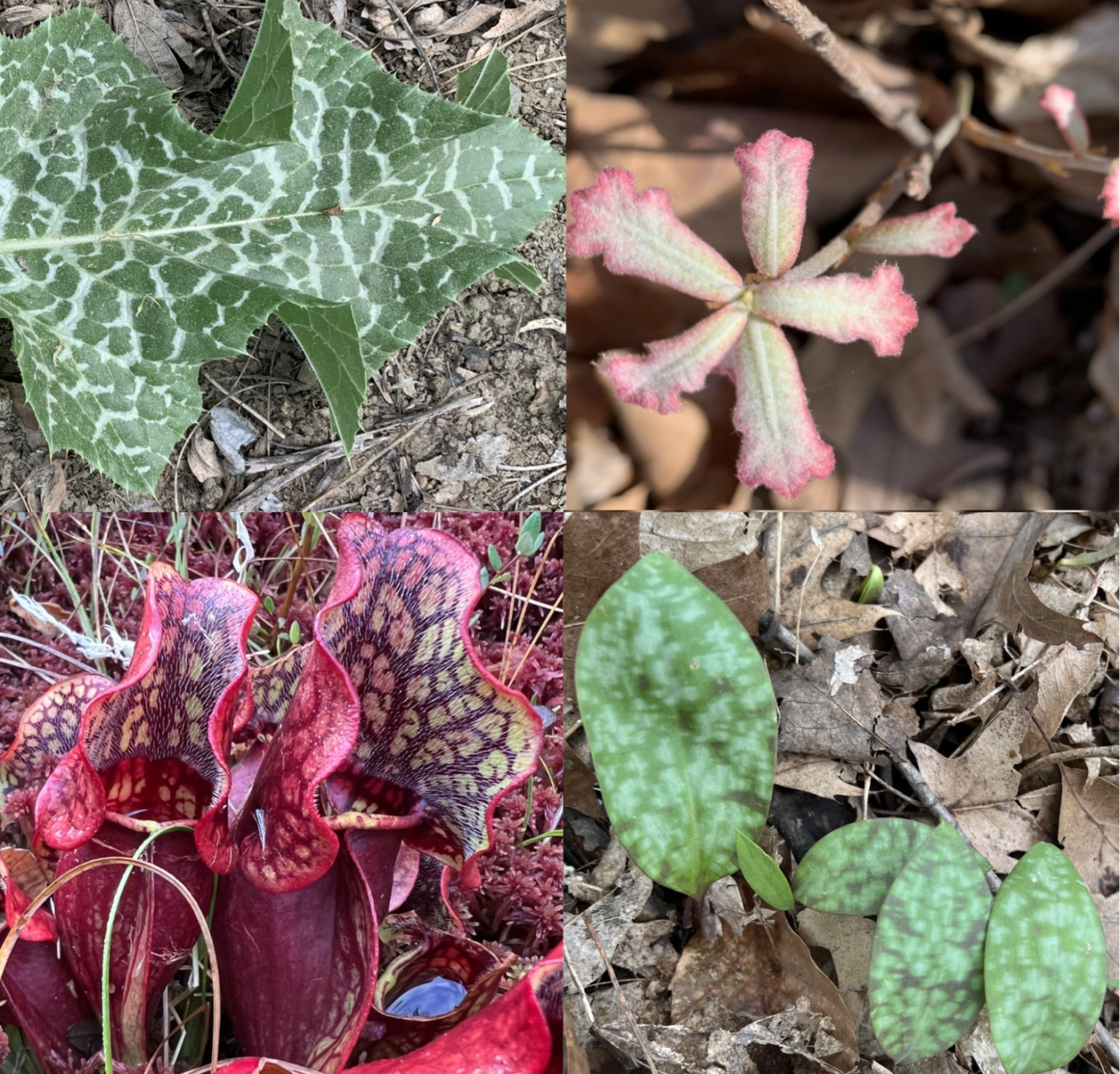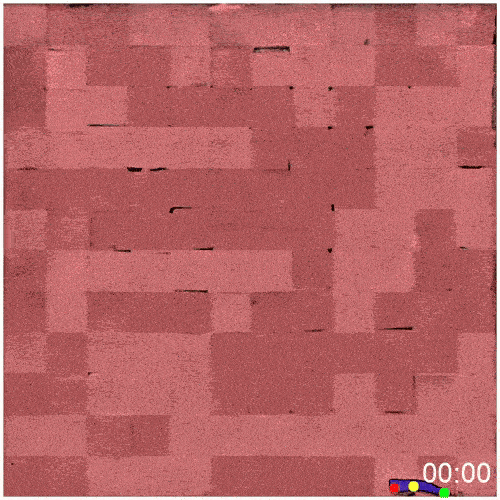

Chemical defenses, a key plant functional trait that drives interactions with herbivores, are highly variable in nature at all scales (Wetzel et al. 2023). The variation comes in the form of both chemical diversity and spatiotemporal variation in the concentration of individual chemical compounds. As the rest of ecology is concerned with explaining the patterns and consequences of species diversity, similar questions can be asked of plant chemical diversity and variation. How did they evolve? How are they maintained? How do they affect interactions with herbivores? How do herbivores deal with spatial and temporal variation in plant chemistry?
Answers to these questions have significant implications for understanding the effects of biotic homogenization, agricultural diversification, and community and population dynamics of herbivores and plants.
I investigate these questions using both experiments and theory. In one study, I applied varying doses of toxins to Arabidopsis and found that toxin variation within and across plants can enhance plant fitness by defending against herbivores (Pan et al. 2025a). I also developed a method to partition the effects of this variation into different mechanisms. In another study, I created artificial diet landscapes with different spatial patterns of plant toxins (Pan et al. 2025b). I observed that both the spatial variance and spatial arrangement of toxins influenced herbivore performance and space use, and did so at a magnitude on par with varying the mean toxin concentration. Modeling suggests that simple herbivore behaviors can explain these emergent effects.